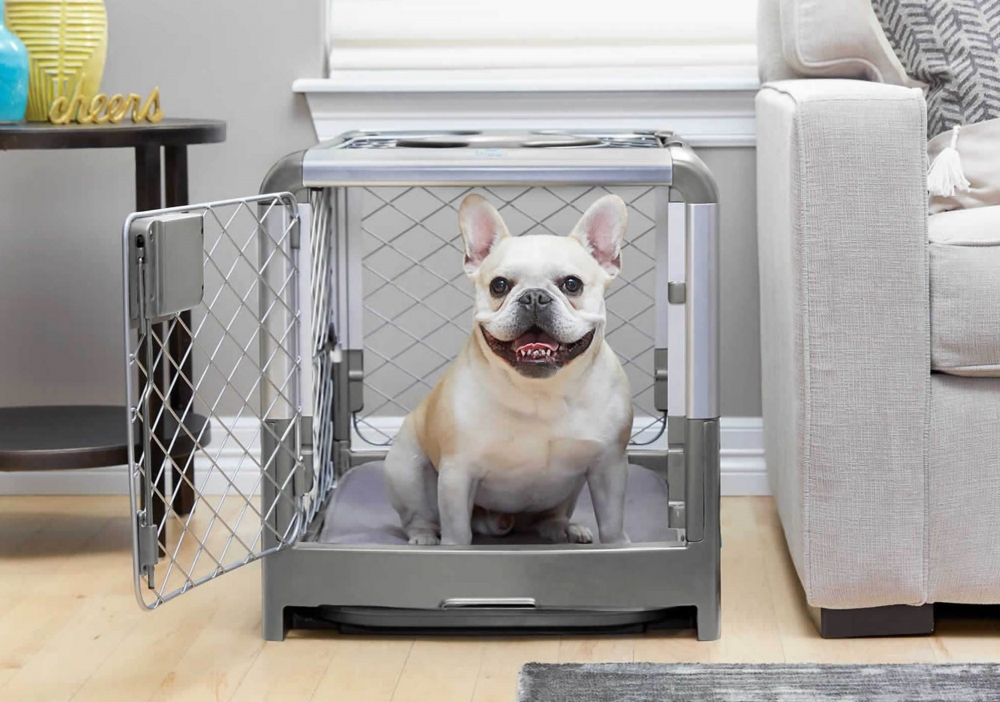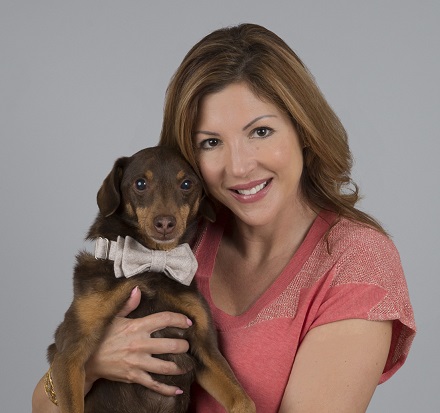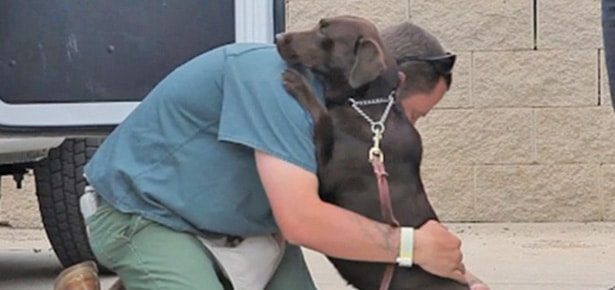

Embrace the Crate
It can be the best thing for your relationship with your dog
Ah puppies, the sweet smell of furry love! Also known as the other bundle of joy. The wiggly bundle we can legally “put away” for a few hours, go out and have a life, maybe even earn a living and not get sent to jail because of it.
Speaking of jail … many people assume that crating their puppy is akin to putting them in jail and I’m here to assure you that it isn’t. Though you might want to put your puppy in jail when you discover they chewed up your checkbook, your best (and only) pair of designer sandals and your favorite sunglasses. Yes, your puppy has good taste, you have to admit, but the cuteness factor is wearing off and you need to do something to save your sanity and your small leather goods and accessories.
That something is crate training and the first rule of crating is:
Crating is NOT cruel.
In fact, in the wild, dogs find tight, dark, cave-like burrows in which to hide and sleep. Crating, when done properly, mimics this feeling of safety and security. Dogs like it. Think of it as a dog-cave or den.
To be sure, you only need to crate your dog if they are having challenges when left alone in the house. Some dogs are used to being left alone and don't have any problems curling up on the couch and waiting for their owners to return. Other dogs, however, freak out and will chew and destroy — making trouble in the house.
For these dogs, crating is a solution. Be sure not to use the crate as a punishment. The crate should be there as a tool to aid your dog through transitioning to being alone. Ideally your dog will graduate from a crate to an even larger crate or even to an exercise pen or enclosed space, from which they can securely keep watch. Think about baby-gating a bathroom or kitchen area when your dog has outgrown the crates and exercise pens.
Looking for a good crate option? Check out Diggs, a company who focuses on making comfortable, ultra-safe crates that are great for home or travel. They even collapse for easy storage!
Once your dog is accident and trouble free in the larger enclosed space, test their behavior throughout the entire house for a small amount of time. Gradually, your dog should outgrow any bad behavior and be a good dog. Always use positive enforcement to get the behavior you want. Praise your dog and give them high value treats to let them know they’ve done a good job.
Begin crate training by leaving your dog in the crate for short periods of time, slowly increasing the time the dog is in the crate. It’s best to tire out your dog before you put them in their crate. Remember, a tired dog is a good dog. Place your dogs’ favorite things in the crate, including a cozy blanket or bed on the bottom of the crate and cover at least three sides and the top so the dog can only see out one side. This will help your dog feel more secure it the crate.
The crate should be big enough for your dog to turn around in but NOT big enough for them to think the back corner is the bathroom.
As far as how long the dog can be in the crate – – that depends on a few things. An adult dog can go 6-8 hours in the crate as long as they had adequate exercise prior to going in. A dog this age can hold their potty that long and will usually sleep most of the time. Puppies need more potty breaks and should not be in the crate more than their age in months (some people say add one hour). So, if you have a four-month-old puppy, they should theoretically be able to stay in the crate at least four hours, perhaps five.
Make sure your puppy comes out of the crate in the allotted amount of time and goes right to the potty spot which you have determined. Do this every time to make potty training easy.
I've had clients that literally were going to surrender their dogs and turned to crating as a last resort and it changed their lives and saved the dog from going back to a shelter. It might take some adjustment period, but the time spent investing in crate training is well worth it. Crate training can be the best thing for your relationship with your dog.
—–
For more on crate training essentials, read A Trainer's Truth About Crates next.
—–
Laura Vorreyer pioneered the dog-walking industry in Hollywood over 15 years ago and is the author of the new book, “The Pet Sitter’s Tale.” She is the owner of the pet care company Your Dog’s Best Friend, a premier dog-walking and pet-sitting business in Los Angeles. Laura has taught pet-sitting and dog-walking classes in Los Angeles and is also a passionate advocate for animal rights. She remains dedicated to pet rescue.
*PS We chose our favourite things to recommend, some of which may be affiliates of Modern Dog, which mean if you purchase, Modern Dog may get something in return. Thanks for your support!
Join the newsletter and never miss out on dog content again!
"*" indicates required fields
By clicking the arrow, you agree to our web Terms of Use and Privacy & Cookie Policy. Easy unsubscribe links are provided in every email.







